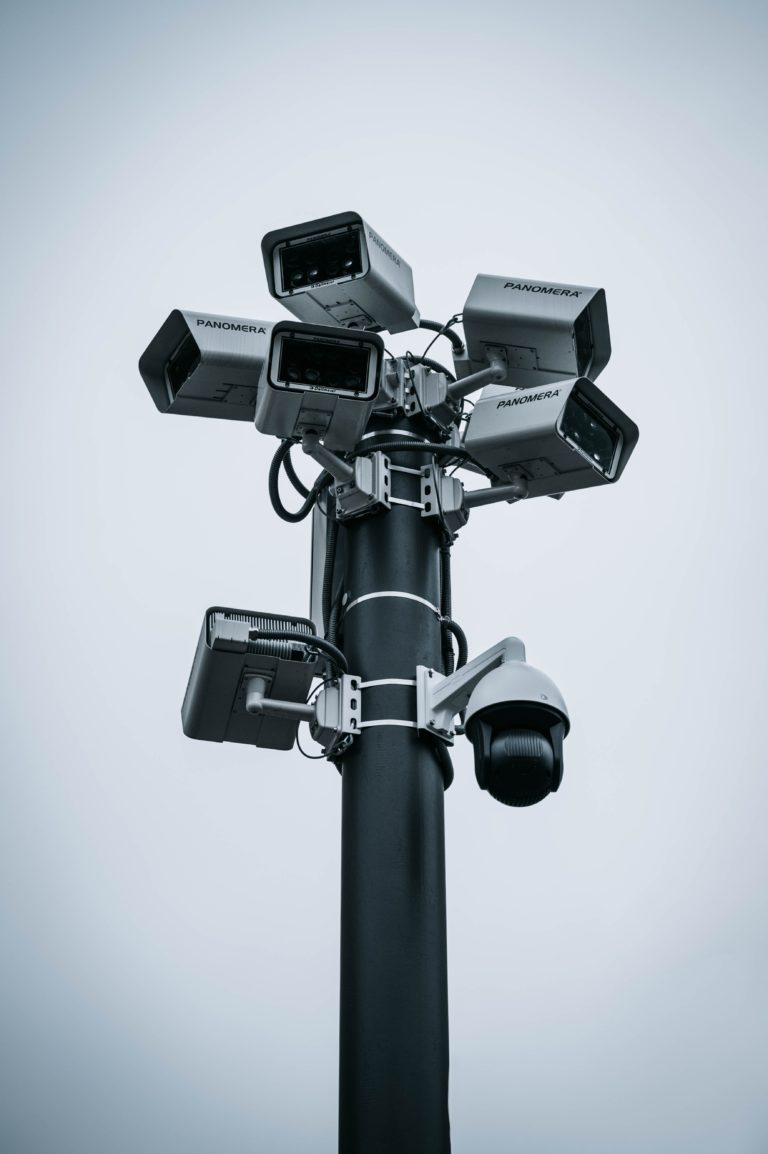Alarms and video are two of the key tools used by security teams. However, they tend to be used independently. Increasingly, new technologies are working to improve security with video and alarm monitoring integration. The push toward integration can make these two options easier to use and more reliable for security centers.
Growing Security Opportunities for Video
Cameras are a valuable resource for security operations. However, they have also posed significant challenges for a long time. Effectively monitoring camera feeds can be very resource-intensive. In many cases, they become an almost purely reactive resource, used to provide evidence of what happened after the fact.
Fortunately, improved technologies are helping to make video monitoring better. Today, keeping track of what is happening across potentially dozens of cameras no longer needs to be a herculean task. Integration with alarms is one of the best ways to improve camera efficacy.
Alarm Monitoring and Video Integration
Alarms and cameras offer two valuable forms of security. Alarms alert to improper entry or an unexpected movement, while cameras let dispatchers see what is happening in real-time. Combining these two functions is synergistic. The combined resources provide more value for security operations together than they do individually.
The basic workflow of an integrated system begins with a possible security event detected by an alarm. This alerts the security personnel via the alarm monitoring system. From there, they can easily view a live video feed covering the same area as the alarmed asset or threshold. This is a simple strategy to improve security outcomes.
Reasons To Consider Integration
Using alarm and video monitoring together is strategically beneficial. Integrating the two systems into a cohesive platform is even more advantageous:
- Central Dispatching: Integration allows for better central dispatching of personnel and emergency services. It gives the monitoring team more control and understanding, and helps with cost containment and offers a more organized, streamlined operation.
- Faster Responses: The dispatch team can determine how serious a situation is more readily. This means faster confirmation of an issue and quicker, more situationally-appropriate responses.
- Fewer False Positives: Sometimes alarms are set off accidentally. At other times, they may be damaged or malfunction. The double layer of video and alarm monitoring means that false positives can be quickly identified.
- Better Situational Awareness: Cameras gives security personnel a better understanding of the situation. They can assess it rapidly and select an appropriate response. They can also continue to monitor the situation. This also offers more safety to first responders.
- Increased Automation: Many security teams are protecting more assets than ever with leaner budgets. Integration points allow for better automation. This can extend the capabilities of personnel, leading to better results with even a modest budget.
ONVIF Compliance
Integrating security systems is easier when they are ONVIF compliant. This is an open standard to which manufacturers can optionally conform. It helps systems to talk to each other more readily. If you are planning a new security system implementation, strongly consider using vendors that offer ONVIF-compliant equipment. This will ensure that every part works together well.
Achieve Superior Security With Bold
Bold Group’s Manitou alarm monitoring software is an industry-leading solution for centralized security operations. It is ONVIF-compliant and ready for integration with video monitoring systems. By selecting Bold as your vendor for alarm solutions, you can realize all the advantages described above.
Contact Bold today to learn more about Manitou and how it can help your organization. Plus, request a free demo to see the system in action.
